Earth Day: Five Early Sustainability Stories at Johnson & Johnson
Since 1970, April 22 has marked Earth Day. The first Earth Day is widely considered to have inaugurated the modern environmental movement and, since then, the day is celebrated annually around the world. The theme of this year’s Earth Day is “It’s Our Turn to Lead.” Johnson & Johnson and its operating companies have long taken leadership roles in sustainability, and this legacy has some surprising early roots. Here’s a look at five of those stories in Johnson & Johnson history.
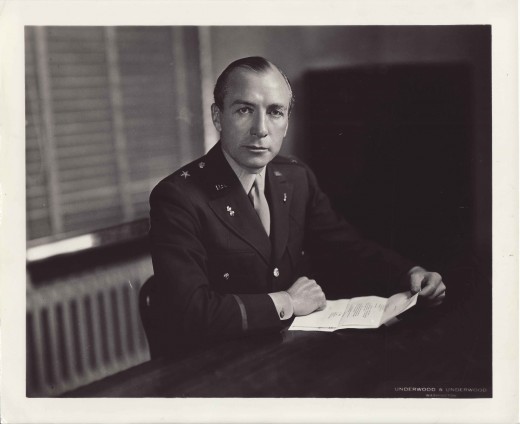
1. General Robert Wood Johnson wrote about the need to use renewable natural resources to protect the environment in 1947, three decades before the start of the modern environmental movement. He felt that in order for businesses to be sustainable, they needed to ensure that resources also were sustainable. Here’s one of the things he said:
“We must use our resources wisely, avoiding waste of both raw materials and scrap, while we seek substitutes for things already in short supply. We must employ replaceable materials where we can, must let forests restore themselves as we cut, must prevent loss and pollution of water, and must halt wasteful erosion of soil. Means to these ends are known but are now neglected through habit and ignorance of the fact that they pay. Sound business demands their employment, just as it demands reduction of waste in a factory or store.” [Or Forfeit Freedom, by Robert Wood Johnson, Doubleday & Company, Garden City, New York, 1947, pp. 37-38]
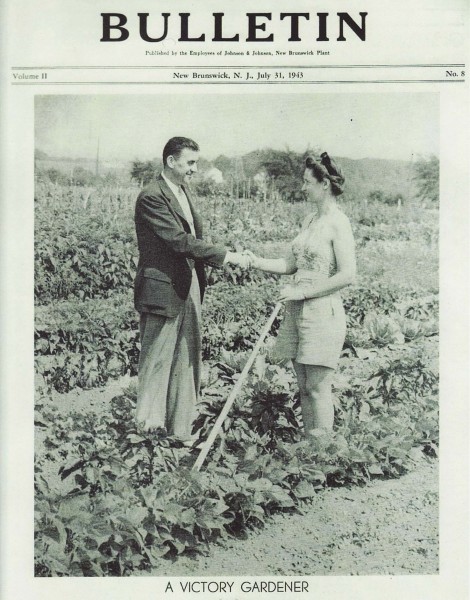
2. Johnson & Johnson has its own employee garden! In 2014, the garden not only grew fresh vegetables for participating employees, it also supplied the Johnson & Johnson World Headquarters cafeteria with fresh, local produce. This garden calls to mind the Victory Gardens grown by many Johnson & Johnson employees in the 1940s, which provided fresh, sustainable local produce for families.
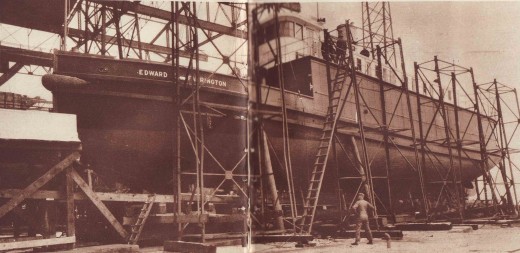
3. Beginning in the early 1900s, Johnson & Johnson ran its own steamboats to take our products to port. In 1928, Johnson & Johnson launched what was hailed as “the world’s first diesel electric freight boat.” Named the Edward Farrington (named after a former Mayor of New Brunswick), The Farrington was built with a diesel electric engine in order to cut down on coal usage and harbor smoke.
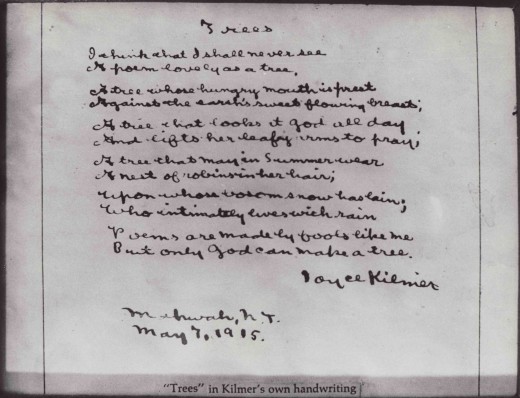
4. The poem "Trees" by Joyce Kilmer has frequently been used to highlight the beauty of nature and the importance of trees. Joyce Kilmer was a member of the extended Johnson & Johnson family through his father, Scientific Director Fred Kilmer. Joyce also wrote articles for some of the early Johnson & Johnson publications.
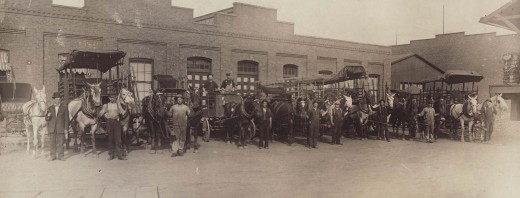
5. Before the era of cardboard shipping boxes, supplies were delivered in wooden crates. In the early days of Johnson & Johnson, the company driver and wagon delivered the wood from broken shipping crates to employees in New Brunswick to use for kindling in their stoves, an early instance of recycling.
